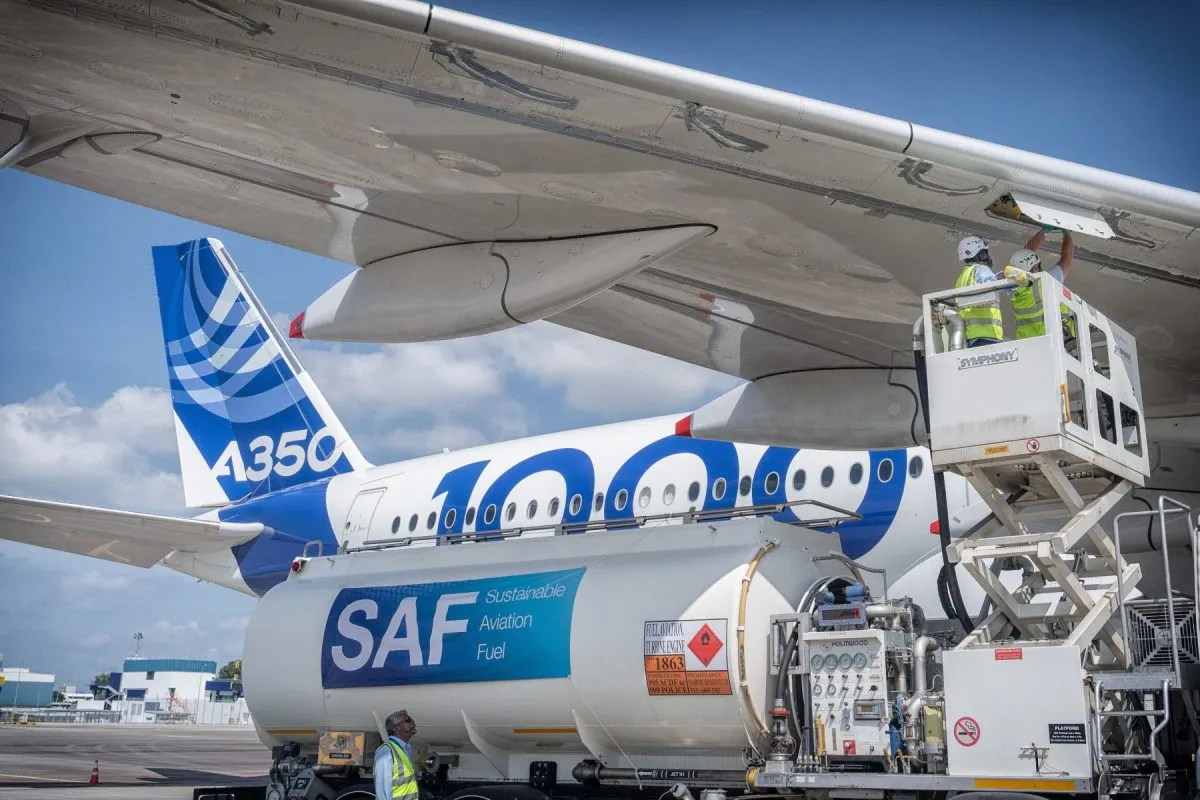U.S. Hotel Performance Slips While China Roars Back to Life

Skift Take
The world’s two largest economies are sending mixed signals on travel demand, but hoteliers may be able to avoid the kind of Delta variant performance plummet some previously feared.
China’s hotel market saw strong recovery momentum in recent weeks following a Delta variant outbreak that sent more than half the country’s provinces into another round of travel restrictions. The U.S., which had its own surge in cases several weeks later, saw a decline — albeit significantly slighter — in occupancy rates due to the country largely remaining open for domestic travel.
But the biggest question among travel industry executives remains what happens this fall if corporate travel doesn’t kick back in. It likely won’t be the fall-off-the-cliff scenario some envisioned only weeks ago.
“We expect that [U.S.] leisure demand is going to continue to be pretty healthy. It's not going to be mid-week anymore, obviously, but we do still think that weekend occupancies are going to be healthy and weekend rates are still going to be quite strong,” said Jan Freitag, national director of hospitality analytics at CoStar.
Join Us at Skift Global Forum in NYC September 21-23
The U.S. saw a steady decline from its peak hotel performance earlier this summer when revenue per available room, the industry’s key performance metric, outpaced 2019 levels. The industry is now performing just shy of 15 percent below 2019 levels, according to the most recent data from STR. The average national occupancy rate is 60 percent, down from a summer high that cleared the 70-percent mark.
China’s hotel performance this summer has been a yo-yo pattern due to the country’s strict lockdown mitigation efforts to contain the virus. An early summer outbreak in Guangdong province put one of the country’s largest cities, Guangzhou, in lockdown and dragged occupancy rates nationally. A later outbreak of Delta variant cases seeped into more cities and once again sent Chinese hotel performance into a nosedive, at one point running at 57 percent below 2019 levels.
But China’s Delta variant recovery across the hotel sector has been a relatively swift one, rebounding to where hotels are running only 17 percent off 2019 levels, according to STR.
Marriott has been among the most bullish hotel companies on the prospects of China’s ability to snap back to pre-pandemic performance. The company already saw performance levels across all sectors top 2019 levels in China this spring prior to the outbreaks. Company leaders anticipate a repeat of that strong performance sooner than later in the more than 150 Chinese markets where Marriott has a presence.
“Without question, China saw the biggest impact in August,” Marriott CEO Anthony Capuano said earlier this month at a Bank of America travel conference. “One of the great benefits of our business is we can look at these trends in real time. Now that most of the restrictions have been lifted, we expect to see demand continue to rebound quite quickly.”
The U.S. hasn’t seen as much week-to-week volatility in its occupancy rates as China due to the less stringent response to its own soaring case count. But there are signs business travel is waning. Mid-week occupancy rates for the top 25 U.S. hotel markets steadily declined from more than 67 percent in late July to just shy of 56 percent at the end of August, according to STR.
While some of that could be tied to leisure travel, mid-week occupancy rates in the largest U.S. cities are typically dominated by business travelers. The uncertainty surrounding business travel this fall coupled with the expected drop in leisure travel as children return to school had some travel analysts on edge about how hotels can salvage revenue for the final months of the year. But another Marriott executive this week downplayed that potential impact.
“It’s not like in September there’s only business and in August there’s only leisure,” Leeny Oberg, Marriott’s chief financial officer, said this week at the J.P. Morgan Gaming, Lodging, Restaurant & Leisure Management Access Forum. “Now, of course, you’ve got relatively more business transient in September and October, but you’ve got a lot of leisure in November and December. So, I just think it’s important to recognize it’s not all quite so broken up.”
Business travel accounted for 57 percent of all bookings in the third and fourth quarter at Marriott in 2019 while leisure held steady at 43 percent. Corporate travel stays were up 7 percent last month over July.
But there is still a long road ahead for the U.S. to see a recovery like what China experienced over the spring. Along with the steady decline in business travel since July, overall group bookings are soft despite leaders like Hyatt CEO Mark Hoplamazian touting the notion group travel could revive faster than corporate travel.
Absolute group occupancy rates were light last week, just shy of 13 percent, according to STR.
“[The strong leisure demand] part of the story probably hasn't changed. But the other part of the story unfortunately, hasn't changed either,” Freitag said. “We were a little hesitant on the forecast for the return of corporate transient and corporate group demand.”





